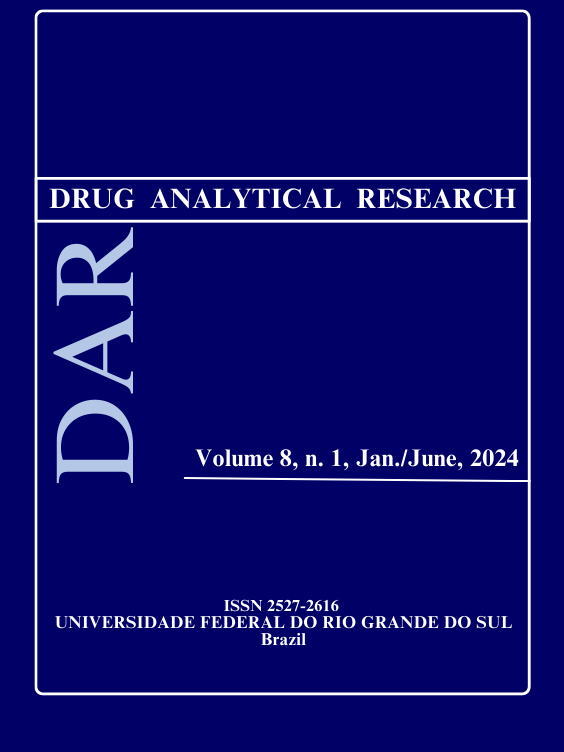Investigating the Panax ginseng proteome using an in silico method to find bioactive peptides that can alter the dynamics of breast cancer carcinogenesis
DOI:
https://doi.org/10.22456/2527-2616.139143Keywords:
bioactive peptides, Panax ginseng, proteome, new breast cancer treatment approach, drug developmentAbstract
Breast cancer is a major public health concern throughout the world, particularly in Cameroon. Numerous modalities, including surgery, radiotherapy, and chemotherapy, have been used for clinical cancer therapy. Despite advances in anti-cancer therapies, the use of these methods to treat cancer is often associated with deleterious side effects and multi-drug resistance to conventional anti-cancer drugs, which has led to the development of new therapeutic methods, anti-cancer peptides (ACP). The aim of this study was to produce peptides that could be potential modulators of breast cancer, using in silico prediction as complementary tool. Several techniques were applied to achieve this goal: Protein hydrolysis, protein-peptide molecular docking, and target prediction have all been employed as techniques. It has been determined that 156 genes may play a role in the carcinogenesis of breast cancer. Ten (10) kinases (CDK1, NLK, CDK4, CDK2, CSNK2A1, GSK3B, HIPK2, MAPK14, CK2ALPHA, and MAPK1) and 10 transcription factors (TRIM28, CHD1, SOX2, NANOG, UBTF, TCF7L2, TCF3, CTCF, SUZ12, and NFE2L2) were identified as involved in the process of breast cancer carcinogenisis. Only nineteen of the 1324 peptides that were synthesised exhibited an affinity of greater than 20%, and approximately twenty-eight distinct proteins were found. The peptides AIF, AIN, APQVAVL, ESK, IAK, PSIPK, PVGF, and SDTEL are all intriguing candidates for additional research, according to the overall findings. The study's non-allergic peptides had binding energy values of less than or equal to -5.00 kcal.mol. Future studies will use both in vitro and in vivo methods to examine the positive effects of hydrolyzed peptides.
Downloads
Downloads
Published
How to Cite
Issue
Section
License
Copyright (c) 2024 Drug Analytical Research

This work is licensed under a Creative Commons Attribution-NonCommercial-ShareAlike 4.0 International License.
The Copyright holder of manuscripts published is Drug Analytical Research. Authors who publish with this journal are able to enter into separate, additional contractual arrangements for the non-exclusive distribution of the journal's published version of the work (e.g., post it to an institutional repository or publish it in a book), with an acknowledgement of its initial publication in this journal.
Licensing:
Creative Commons Attribution-NonCommercial-ShareAlike 4.0 International License
Users are allowed to read, download, copy, distribute, print, search, or link to the full texts of the articles, or use them for any other lawful purpose, without asking prior permission from the publisher or the author.



